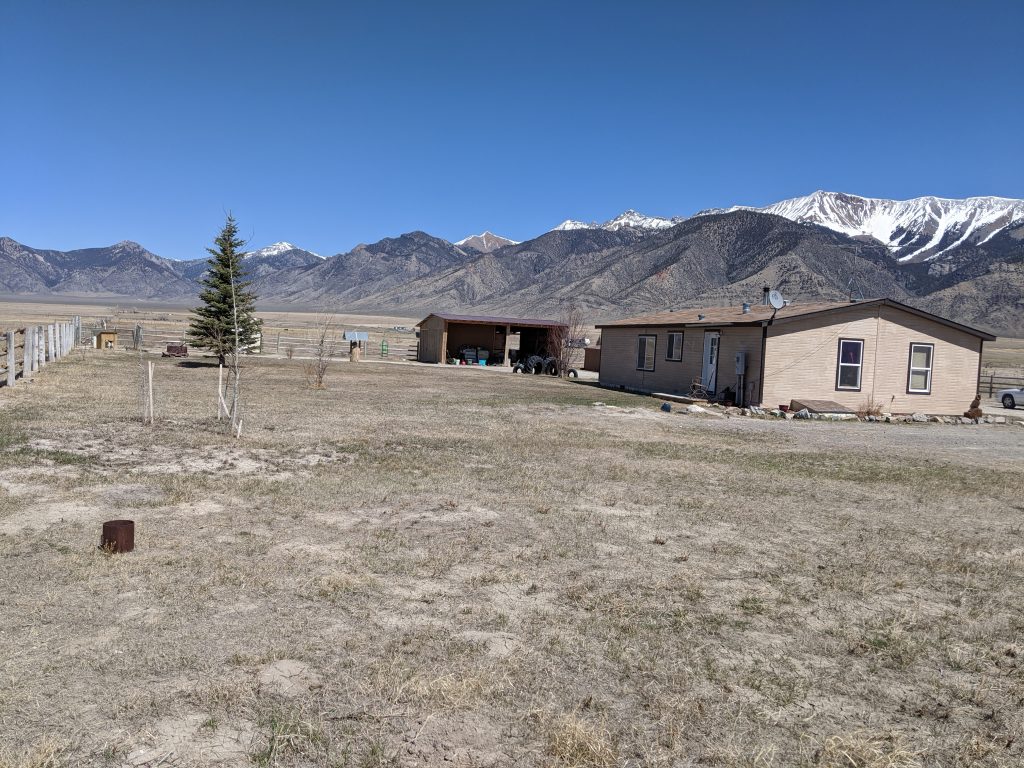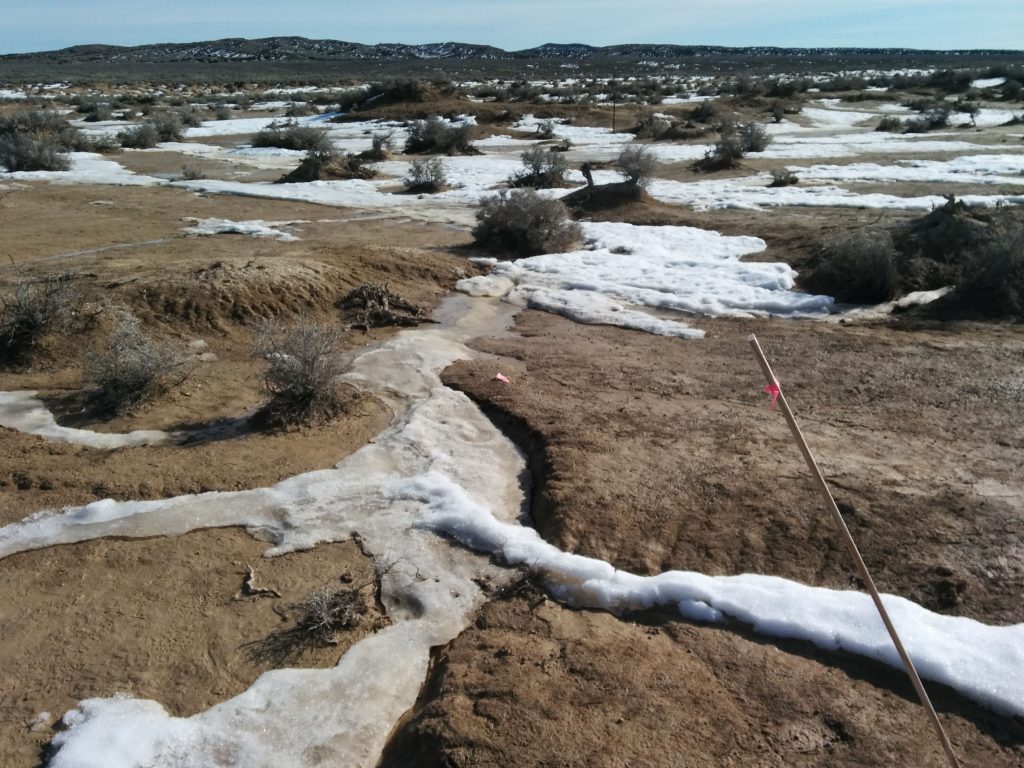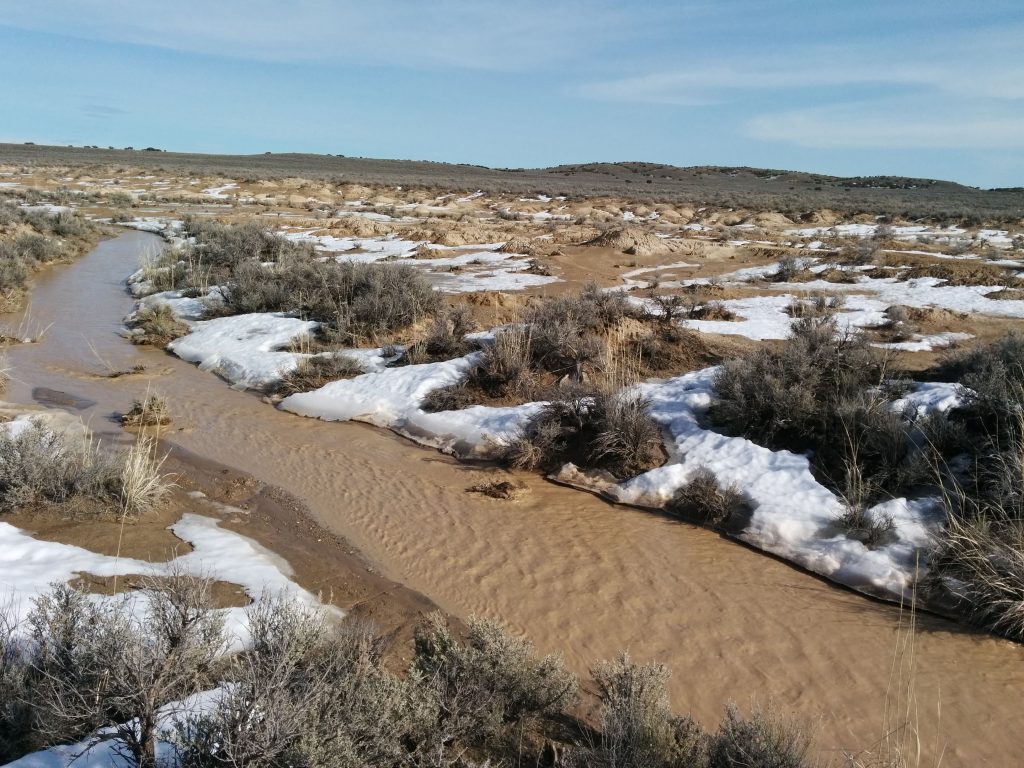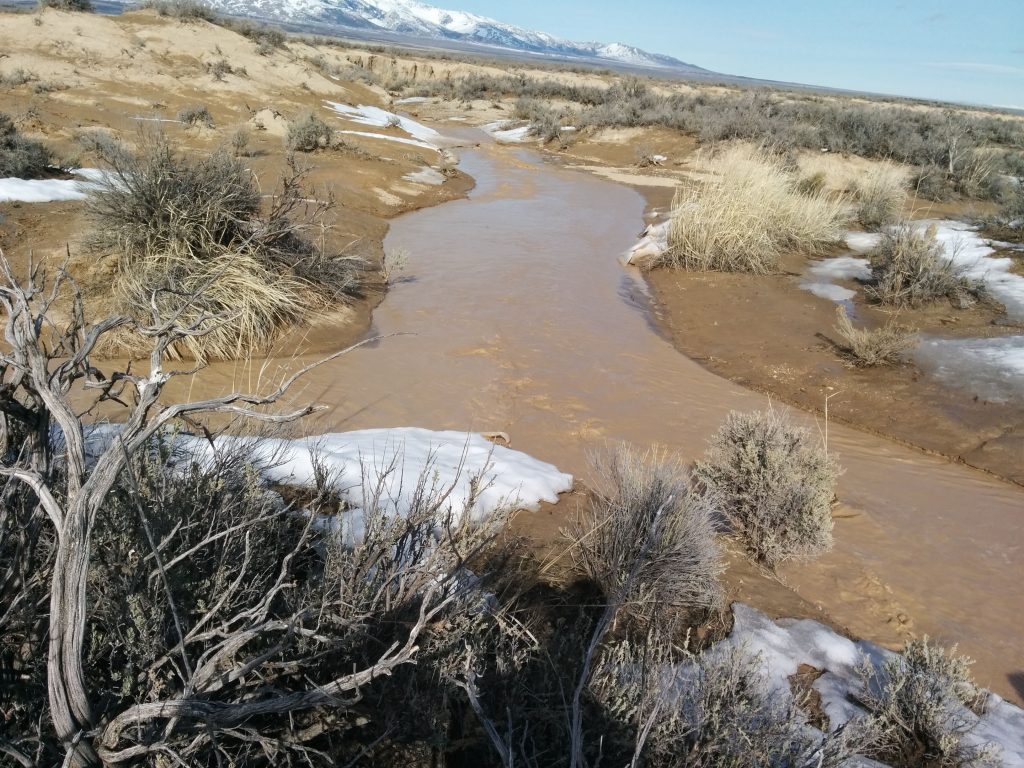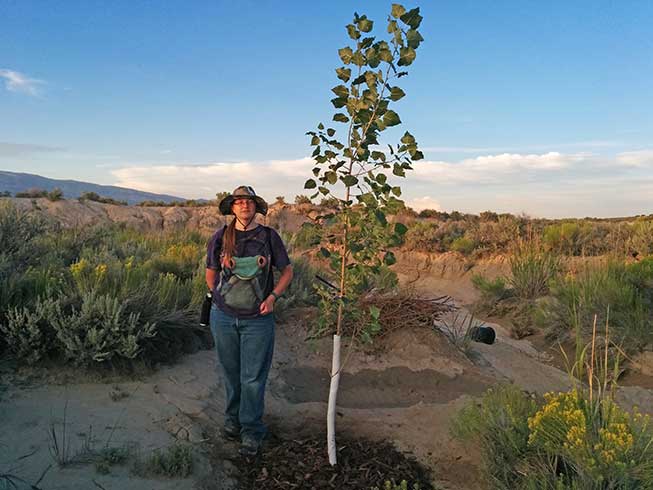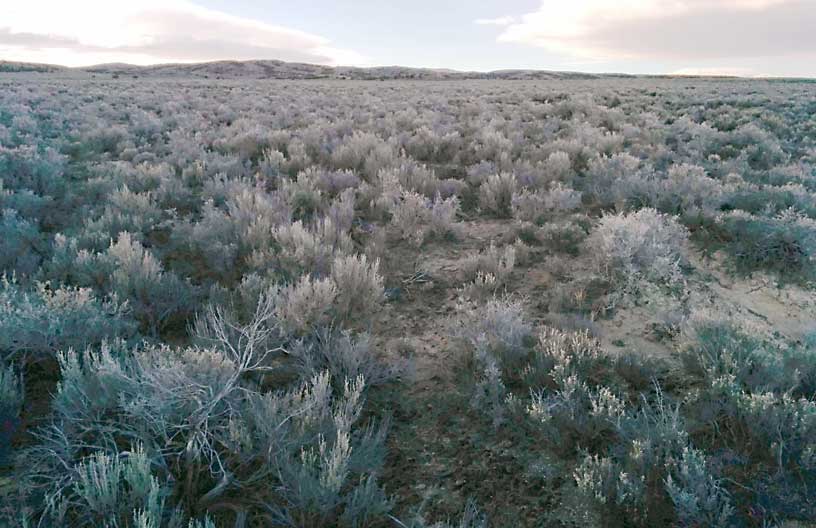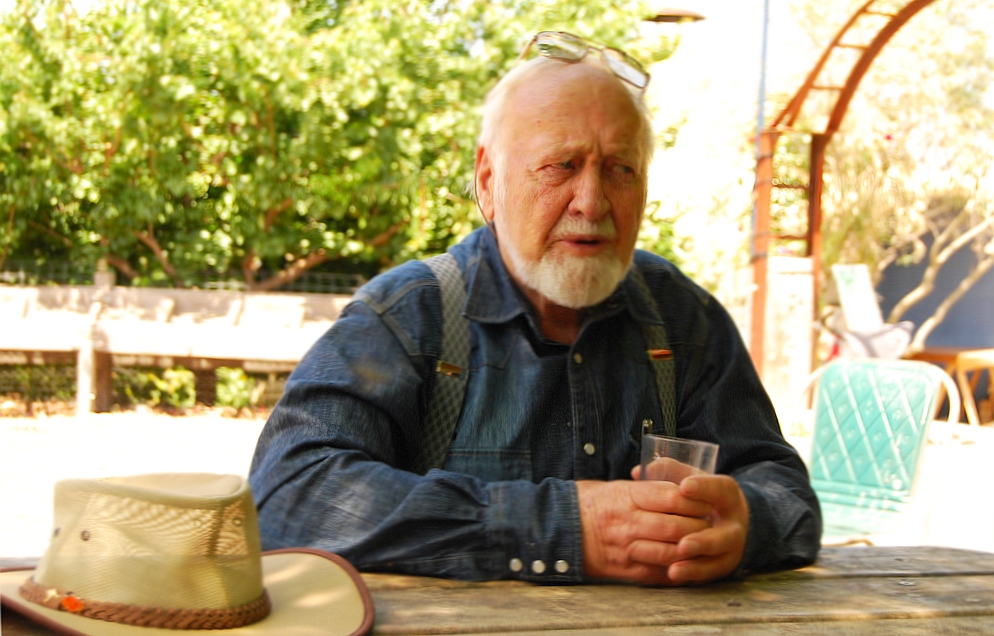Yes. We made it to the homestead we’ve talked about most of our marriage. However, that was just the beginning of the work. I’ll get into that in other posts.
I have a few notes for my own memory.
- Small scale flood irrigation from wells with water near the surface seems to be a better alternative than sprinklers or drips. Flood irrigation wipes out many pests, including ants and mice. It results in better soil hydration, and better seed germination. Also, you get far less water evaporation, and the excess water ends up right where it came from after filtering down through the soil. Sprinklers are a massive waste of water, because surface area is directly related to evaporation rate.
- Plant potatoes 12″ down directly in the soil for best harvest and largest potatoes.
- Radishes and zucchini are deer resistant.
- Get another watering trough to use as a raised bed and plant blackberries in it. This will contain their spreading.
- Plant garlic at 4″ depth and 7″ spacing between plants.

